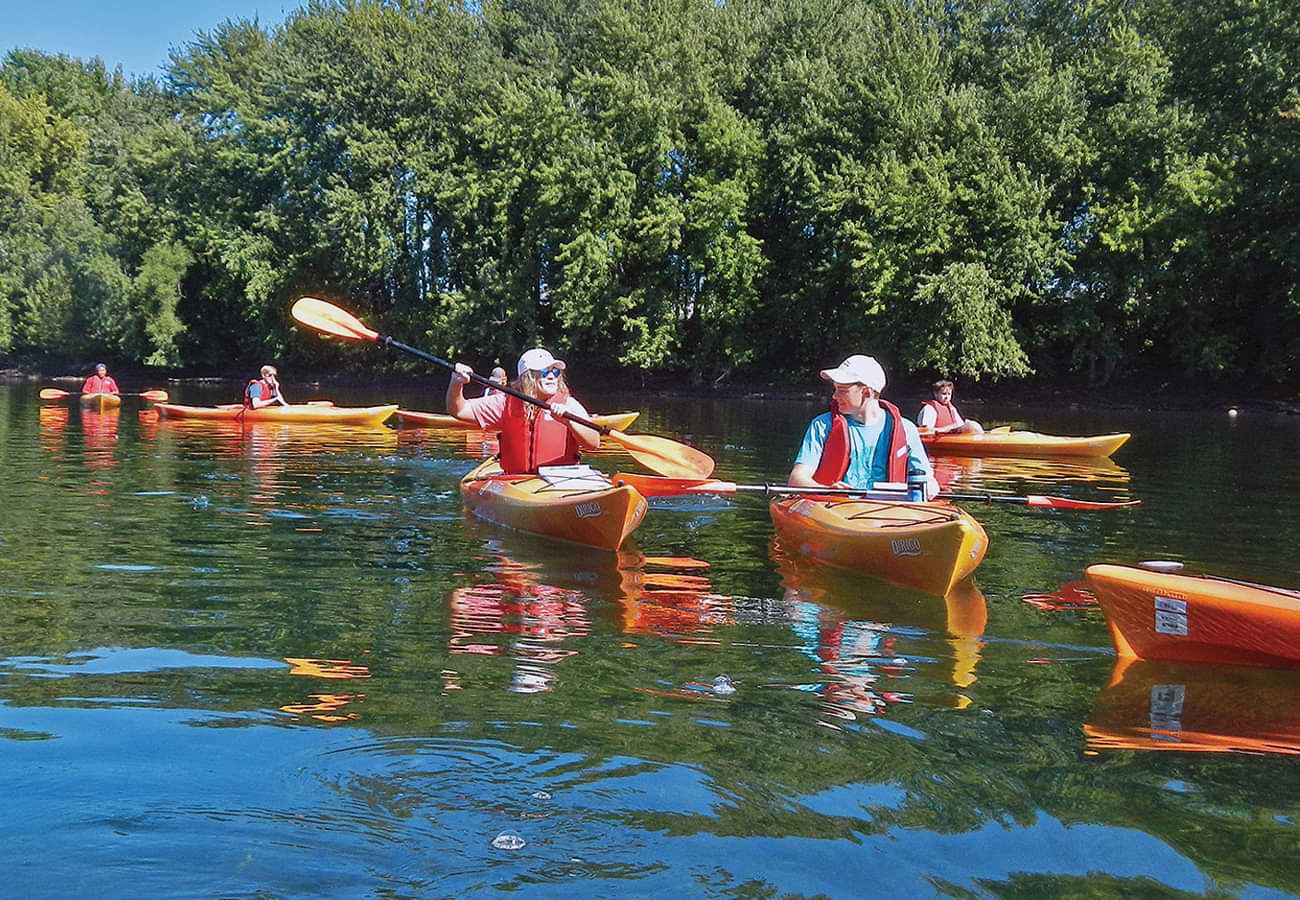



Geomorphology
We are also fortunate to have an indoor facility to study river/hillslope processes experimentally with a large-scale sediment flume. Although students sometimes complain about shoveling 15 tons of sand to prep an experiment, they enjoy getting down-and-dirty in the big sandbox to watch stream channels evolve before their eyes as we alter sediment loads, tilt the slope of the 40-foot flume or rain on the experimental landscape. Students helped to simulate a landslide in the flume mimicking the deadly Oso Landslide of March 2014 in Washington, an exercise featured on the Canadian Discovery Channel.
After completing this project, students are able to apply their knowledge of surface processes and landforms to real-world situations, such as mapping surface deposits related to stability, siting of wastes and hazard assessment. Students learn to study current processes and read sediments and landforms to squeeze out an understanding of past landscape history, including how past climate fluctuations have imprinted our landscape. They are also better able to predict how landscapes may behave during future climate change.